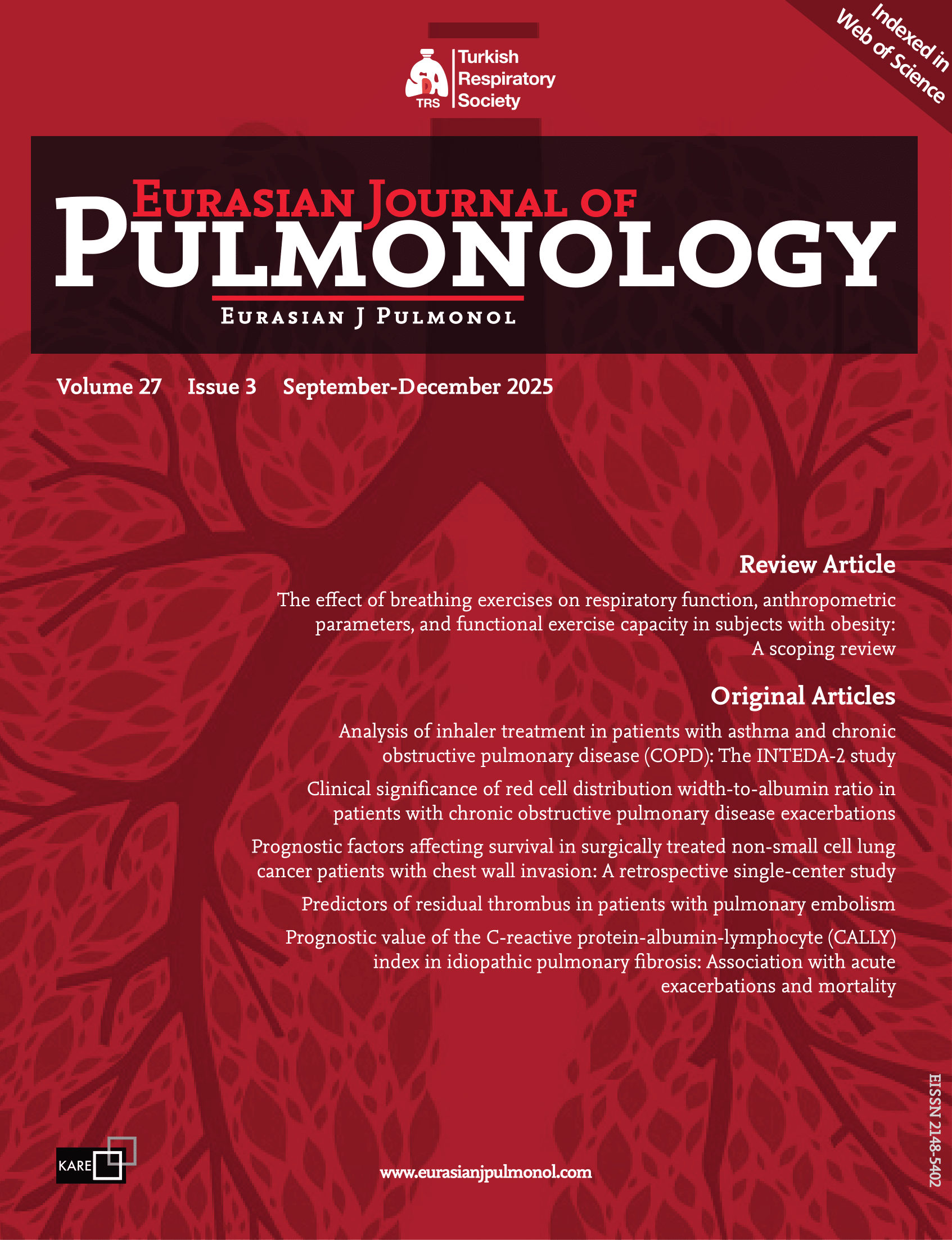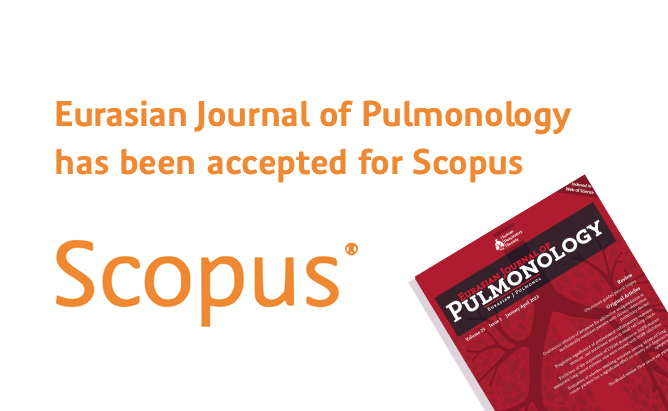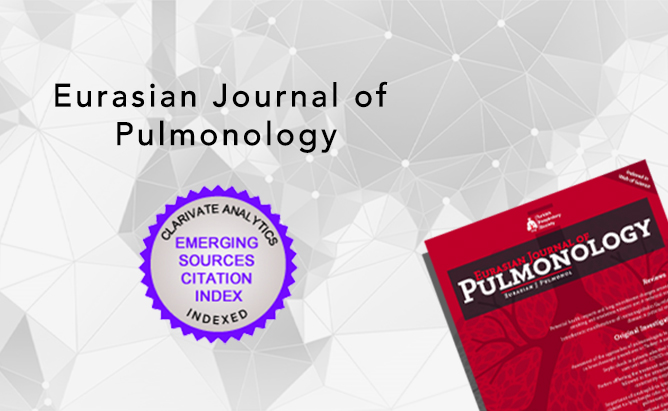2Department of Physiotherapy and Rehabilitation, Institute of Health Sciences, Gazi University, Ankara, Türkiye
3Department of Pulmonology, Faculty of Medicine, Gazi University, Ankara, Türkiye
4Department of Cardiopulmonary Physiotherapy and Rehabilitation, Faculty of Health Sciences, Gazi University, Ankara, Türkiye
Abstract
Hypersensitivity pneumonitis is a rare disease that causes pulmonary, cardiovascular, and musculoskeletal problems. Severe desaturation and hypoxemia reduce exercise capacity and exacerbate symptoms. These patients need rehabilitation to prevent worsening symptoms and cope with the negative consequences of hypoxemia. In this context, this study aimed to present the pre- and post-rehabilitation results of three patients with hypersensitivity pneumonitis who completed various rehabilitation programs in our unit. The programs included aerobic exercise training, inspiratory muscle training, resistance exercises, and neuromuscular electrical stimulation, delivered 2–3 times per week over 6–8 weeks. Functional exercise capacity was evaluated using a six-minute walk test; upper-extremity functional exercise capacity using a six-minute pegboard and ring test; respiratory muscle strength with a mouth pressure device; peripheral muscle strength using a hand-held dynamometer; dyspnea using a Modified Medical Research Council scale; and physical activity level with a metabolic holter and the International Physical Activity Questionnaire-Short Form. FEV1 and FVC values increased in two cases. The FEV1/FVC rose in one case; however, it remained unchanged in another. FEF25-75% and DLCO increased in one case and decreased in another, and PEF increased in both cases. Respiratory muscle strength significantly increased in all cases. Inspiratory muscle endurance improved in two cases, while upper/lower extremity exercise capacity and peripheral muscle strength increased across all cases. Dyspnea and physical activity also improved in all cases. This study showed that a well-structured pulmonary rehabilitation program tailored to the patient's needs may improve dyspnea, physical activity, muscle strength, and pulmonary function in patients with hypersensitivity pneumonitis.




 Nazire Nur Yıldız1
Nazire Nur Yıldız1 



